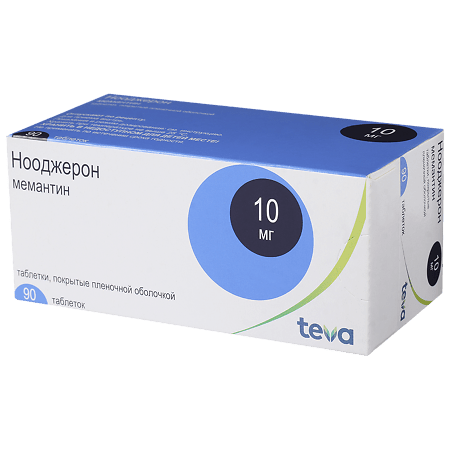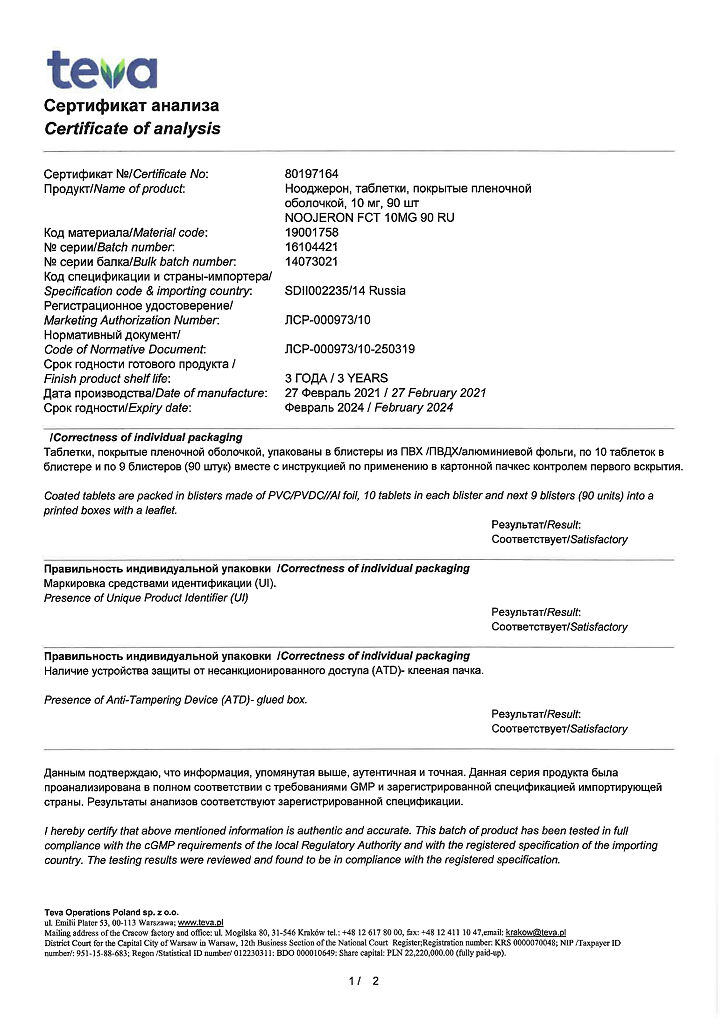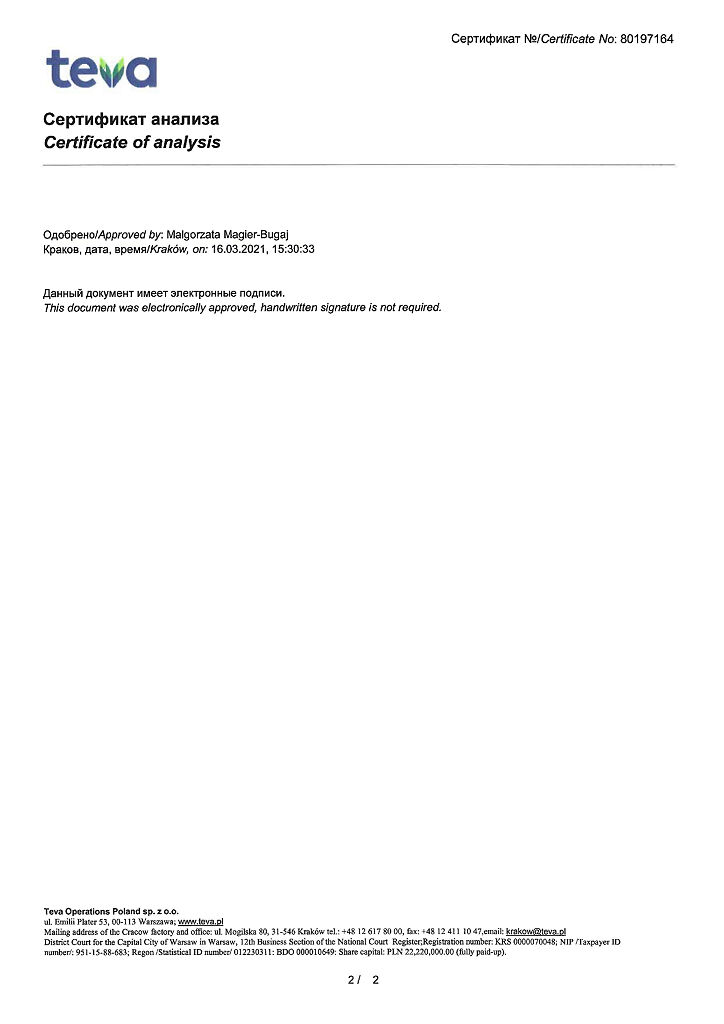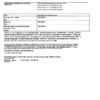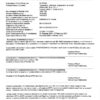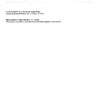No products in the cart.
Noogeron, 10 mg 90 pcs
€107.70 €89.75
Description
Attention and Memory Disorder, Alzheimer’s Disease, Acquired Dementia
– moderate to severe dementia in Alzheimer’s disease.
Active ingredient
Active ingredient
Composition
Composition
1 tablet Memantine hydrochloride 10 mg
Associated substances:
microcrystalline cellulose,
calcium hydrophosphate,
p> croscarmellose sodium,
colloidal silicon dioxide,
magnesium stearate.
Composition of the film coating:
Opadray II gray 45F27505 (hypromellose 2910/15cP, polydextrose, titanium dioxide, macrogol/macrogol-4000, black iron oxide dye)
How to take, the dosage
How to take, the dosage
Ingestion, regardless of meals.
In the first week the daily dose is 5 mg (in the morning).
In the second week the daily dose is 10 mg (5 mg twice a day). During the third week, the daily dose is 15 mg (10 mg in the morning and 5 mg in the evening).
From the fourth week the daily dose is 20 mg. The maximum daily dose is 20 mg.
Special patient groups
Elderly patients.
Dose adjustment is not required in elderly patients (over 65 years of age).
Renal dysfunction.
In moderate renal insufficiency (creatinine Cl 50-80 ml/min) dosage adjustment is usually not required; in creatinine Cl 30-49 ml/min daily dose initially does not exceed 10 mg, then after 7 days with good tolerability the dose can be increased up to 20 mg.
In severe renal insufficiency (Cl creatinine 5-29 ml/min) the daily dose should not exceed 10 mg.
Hepatic impairment.
In mild to moderate hepatic impairment (Child-Pugh class A and B), no dose adjustment is required.
Interaction
Interaction
In concomitant administration may weaken the effect of barbiturates and neuroleptics.
The effects of baclofen and dantrolene may be altered by memantine, therefore their doses may need to be adjusted. Effects of levodopa, dopamine receptor agonists and anticholinergic agents are enhanced with simultaneous use of NMDA-antagonists.
Because memantine and amantadine are NMDA-receptor antagonists, concomitant use should be avoided due to the risk of toxic effects.
Potentially toxic are also combinations of memantine with ketamine, dextromethorphan and phenytoin.
The same renal cation system is used for the transport of amantadine, cimetidine, ranitidine, quinidine, quinine and nicotine in the body, which may cause these drugs to interact with memantine, leading to increased plasma concentrations.
Contraindications
Contraindications
Hypersensitivity to any of the drug components; severe hepatic insufficiency; pregnancy; breast-feeding; age under 18 years (effectiveness and safety of the drug have not been studied).
With caution: epilepsy; renal failure; thyrotoxicosis; seizures in anamnesis; arterial hypertension; myocardial infarction in anamnesis; heart failure.
Side effects
Side effects
Nervous system disorders: dizziness, headache, somnolence, gait disturbance, confusion, hallucinations, seizures, psychosis, hyperexcitability.
Gastrointestinal disorders: constipation, vomiting, pancreatitis, nausea. Infections and invasions: fungal infections.
Systemic diseases: BP increase, venous thrombosis, thromboembolism.
From the body in general: general weakness, increased fatigue, allergic reactions.
Overdose
Overdose
Symptoms: dizziness, tremor, agitation, drowsiness, confusion, agitation, stupor, convulsions, aggression, hallucinations, unsteady gait, vomiting, diarrhea.
Treatment: gastric lavage, administration of activated charcoal; symptomatic therapy. There is no specific antidote.
Similarities
Similarities
Additional information
| Weight | 0.060 kg |
|---|---|
| Shelf life | 2 years |
| Conditions of storage | In a light-protected place at a temperature not exceeding 25 °C. |
| Manufacturer | Teva Operations Poland Sp. z o.o., Poland |
| Medication form | pills |
| Brand | Teva Operations Poland Sp. z o.o. |
Related products
Buy Noogeron, 10 mg 90 pcs with delivery to USA, UK, Europe and over 120 other countries.

